Learn how this this special collection communicates the latest research on children and disasters and why it's so important that we understand their strengths, as well as their vulnerabilities.
Research Counts
Children and Disasters Special Collection
This special collection of Research Counts focuses on children and disasters. These articles are brief, drawn from a variety of disciplines, and are intended for a broad audience of public health practitioners, emergency managers, policy makers, journalists, and others interested in the ways children are impacted by disaster.
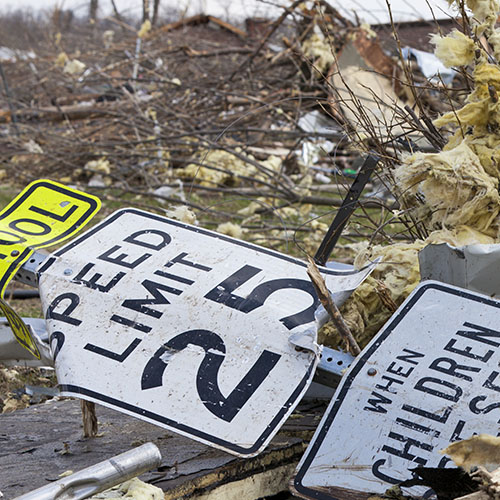
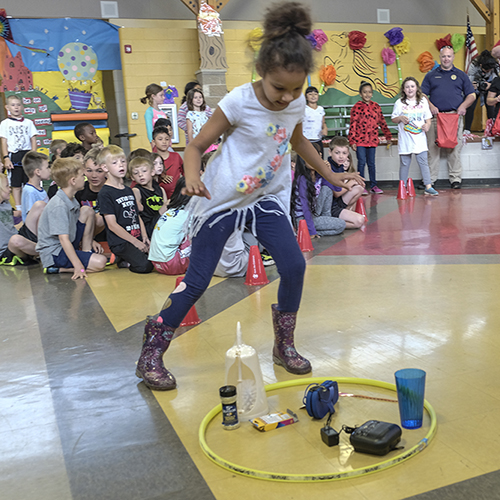
When it comes to building children's resilience to disaster, communities know what their kid's need best. Learn more about how to make community voices heard on a national level.

Disaster planning can be all fun and games! When it comes to involving children and youth, methods including playful elements such as theater, photography, and games can help build connection.

Youth engagement in social, economic, and environmental spheres can increase resilience for communities overall. The 4P Framework for Youth Engagement provides guidance to ensure that the considerable talents of young people are applied to the best advantage.
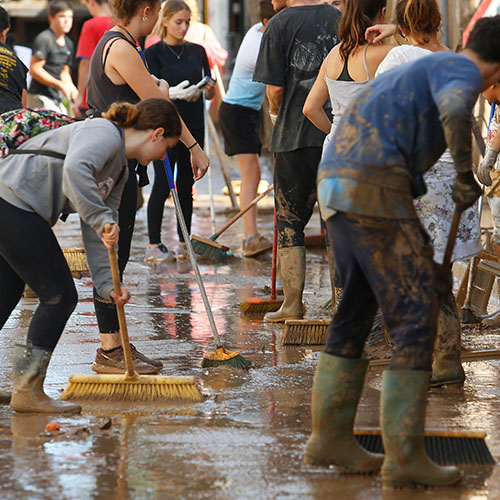
Although children can be especially vulnerable in disasters, they are also amazingly resilient by nature. Including youth in disaster preparedness and recover recovery doesn’t just improve community resilience—it’s also a beneficial exercise that can empower our youth and help them grow.
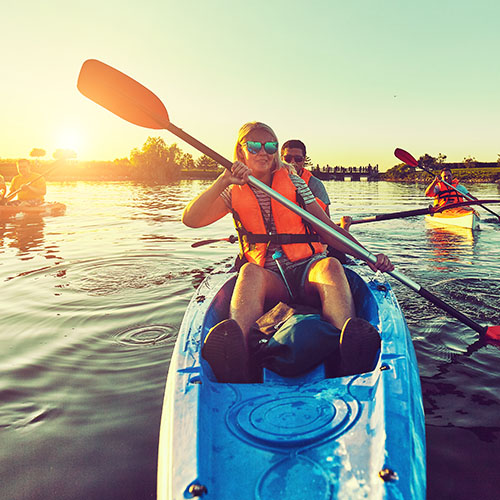
Environmental disasters can impact teens in ways both different and similar to how they impact adults. To reduce their stress about the uncertainties, it's important to ensure that young people are fully informed and have a voice in recovery.
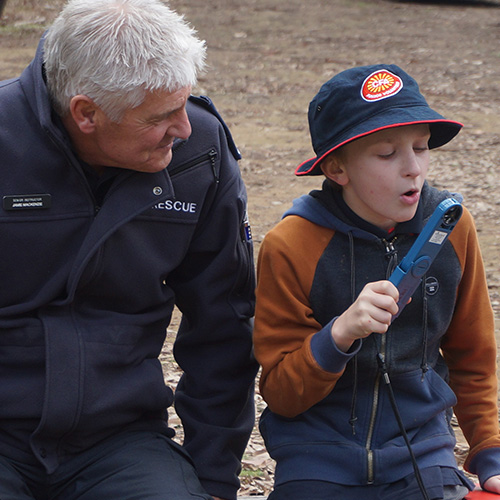
If children are to reach their full potential as actors in disaster risk reduction and resilience activities, education programs needs to do more than simply give information. New holistic, place-based approaches help connect kids with disaster impacts and how their actions can help.

Reopening schools can be key to helping the entire community recover after a disaster. Educators who endured Hurricanes Matthew and Harvey weigh in on what helped them recover more quickly.

After a disaster, there are many types of support offered for students, but less is available to teachers who struggle with the same impacts. Supporting both groups equally is key to helping schools recover more quickly.
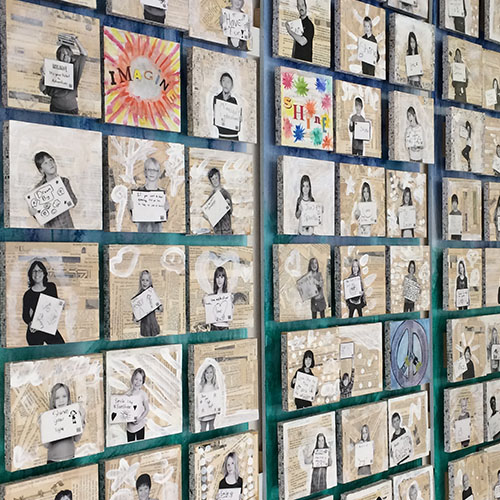
When disasters strike, schools are on the front lines of recovery for the entire community. Creating written disaster plans—and the political will and communication paths to support them—can help schools provide this vital function.
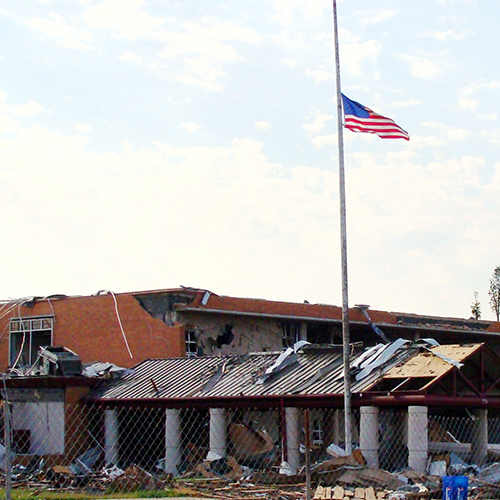
Children’s health can be a powerful indicator of how well a community is recovering from a disaster. The inverse is also true—investing in systems that support children can lead to faster recovery for the community as a whole.
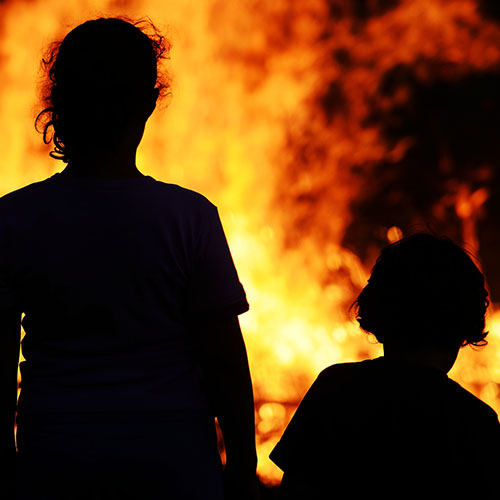
For families whose children have special healthcare needs, preparing for disasters, evacuating, and finding shelter can be overwhelming—and missteps can be life-threatening. Luckily, steps can be taken to keep families safe and reduce stress.
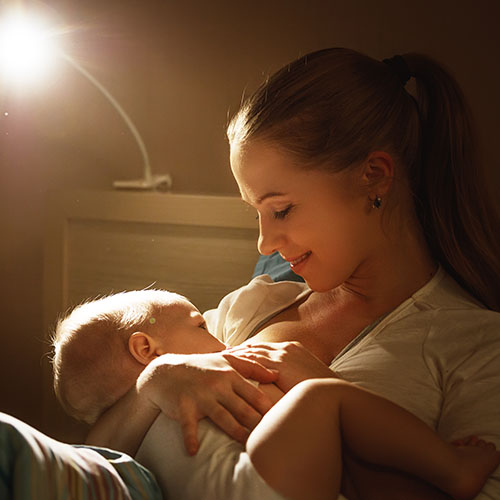
Small steps and a change of perspective about infant feeding in evacuation shelters could have big impacts on the well-being of mothers and children alike.

Many children are amazingly resilient after experiencing disaster. But for those who aren't, early screening can help identify who will need resources the most.

When it comes to mental health impacts after disaster, children can take their cues from a suffering parent—meaning services need to assess and address the entire family.

Providing supportive environments for children after a disaster can be difficult to achieve in an evidence-based way. A conceptual framework could hold the key to creating places where disaster-affected children can thrive.
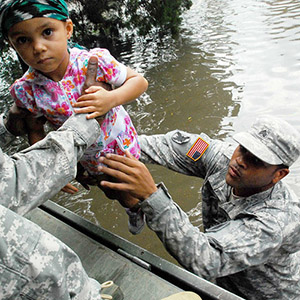
Disasters are understandably frightening for children, but there are steps that parents and teachers can take to ensure more positive outcomes.
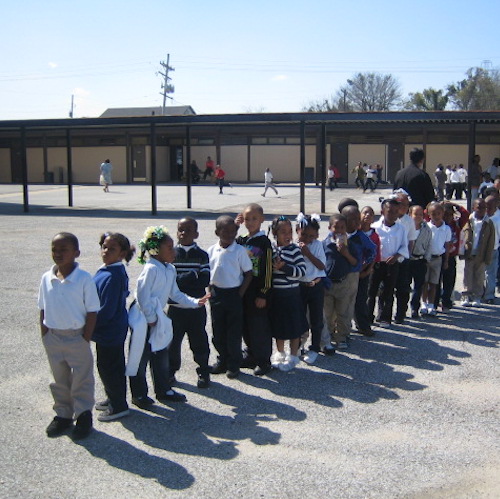
What do children need after a disaster? Drawing from lessons learned after Hurricane Katrina, Fothergill and Peek highlight six critical spheres in a child's life that need additional support when disaster strikes.
Special Collection Citation: Breeden, J., Peek, L., & Adams, R. M., eds. (2019). Research Counts, Volume 3, Special Collection on Children and Disasters. Boulder, CO: Natural Hazards Center, University of Colorado Boulder. https://hazards.colorado.edu/news/research-counts/special-collection/children-and-disasters
Acknowledgements
This Special Collection of Research Counts is made possible through supplemental funding from the Centers for Disease Control and Prevention to the National Science Foundation (NSF Award #1635593). Any opinions, findings, conclusions, or recommendations expressed in this material are those of the authors and do not necessarily reflect the views of the CDC, NSF, or Natural Hazards Center.
